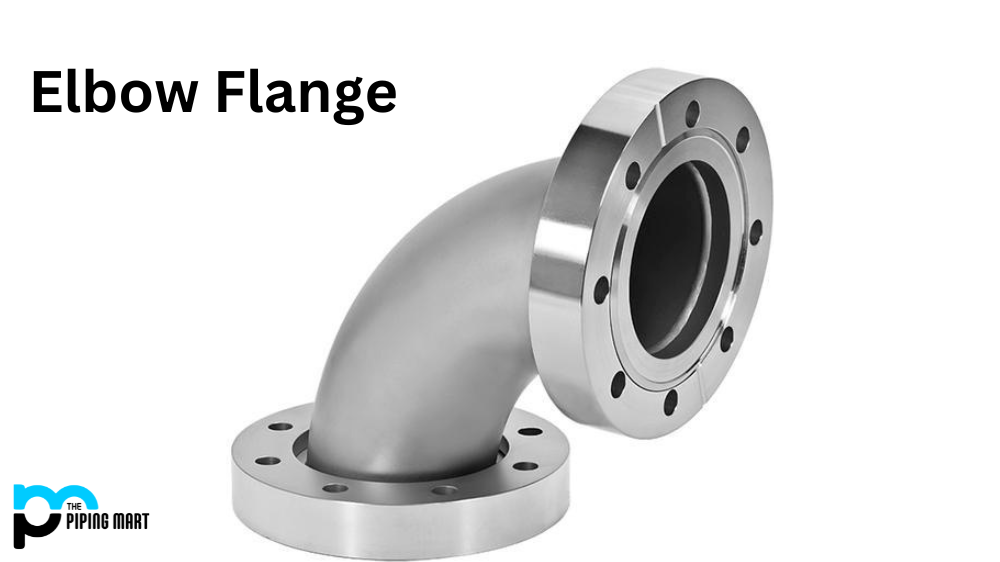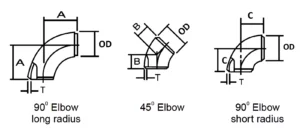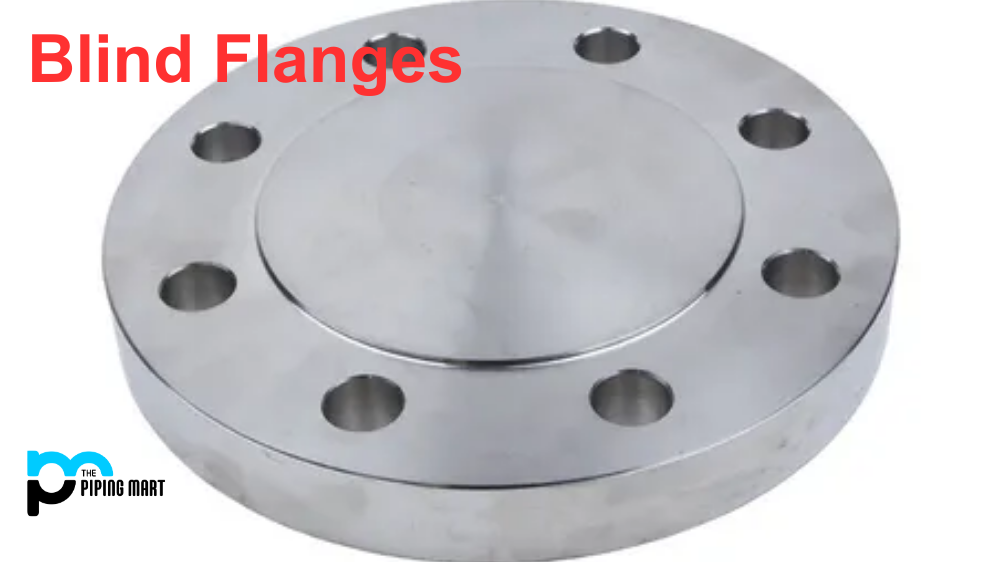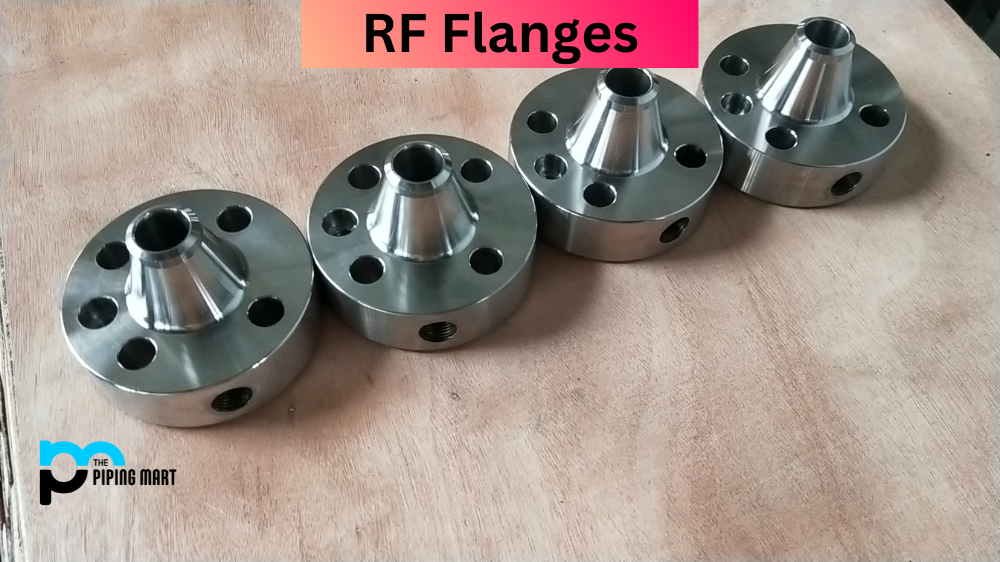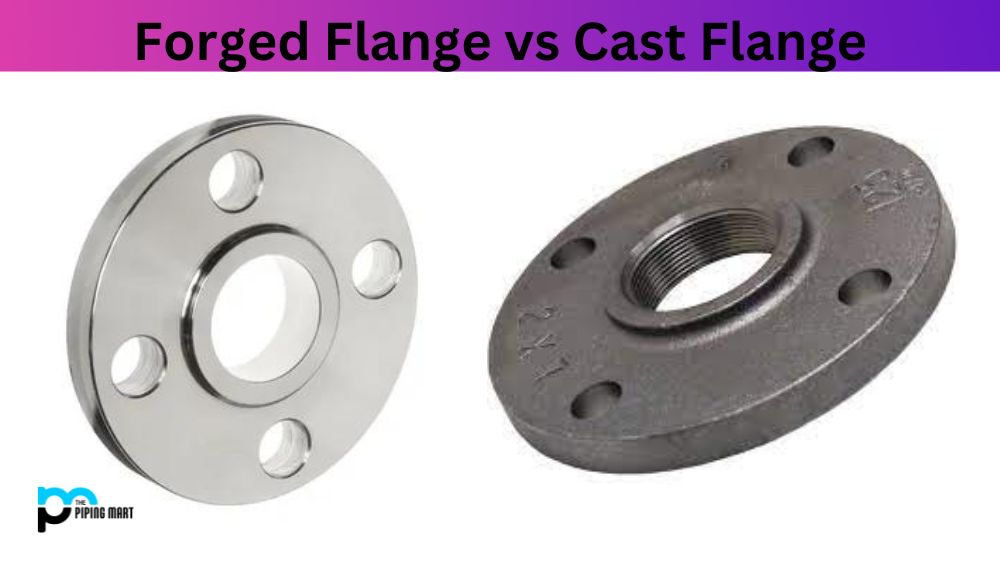Elbow flanges are an essential part of the piping system for industrial, commercial, and residential applications. These flanges join two pipes at a specific angle, usually 45 or 90 degrees. This blog post will explore the uses of elbow flanges, their welding process, and the types of elbow flanges available.
What is Elbow Flange?
Elbow flanges are a special kind of pipe flange used when pipes require a 90-degree angle bend in their course. The elbow flange is connected to the end of a pipe with the centerline threaded into it. They are typically made from stainless steel, carbon steel, or aluminum and can be fabricated to fit both metric and imperial pipe sizes. In addition, elbow flanges act as a good conduit for conveying gases or liquids and often contain other features including pressure ratings, faces, and different screws for various sealing options. Finally, due to their shape they offer increased strength and resistance against lateral stress or crushing.
Elbow Flange Uses
An elbow flange is commonly used in pipelines requiring frequent direction changes or if space needs to be saved. Some common applications include connecting pipes in buildings, factories and other establishments and joining pipes in petrochemical plants and oil refineries. It is also used in water distribution systems or irrigation systems where regular maintenance is required due to frequent changes in direction.
Elbow Flange Welding
The welding process for elbow flanges involves using heat to join two pieces of metal together at a specific angle. The most common type of welding used for elbow flanges is TIG (Tungsten Inert Gas) welding. With TIG welding, a tungsten electrode is used to create an arc between the two pieces of metal being joined together. This arc creates heat that melts both pieces of metal, allowing them to fuse together when cooled down. The process is relatively quick and easy but requires some basic knowledge about how to use a TIG welder and safety precautionary measures such as wearing protective gear while welding and ensuring that all combustible materials are away from the work area while welding takes place.
Elbow Flange Types
Elbow flanges are vital components in piping systems, enabling changes in direction while maintaining secure connections. Weld neck elbow flanges feature long necks, making them suitable for high-pressure and high-temperature environments. Slip-on elbow flanges offer a simpler alternative, sliding over pipes and then being welded in place for easy alignment. Threaded elbow flanges have internal threads, allowing them to be screwed onto pipes without welding, which is ideal for low-pressure and non-critical applications. Socket weld elbow flanges feature sockets that fit over pipe ends, ensuring a strong, leak-proof connection when welded, often chosen for reliability in industrial settings.
Elbow Flanges Dimensions
| NOMINAL PIPE SIZE | OUTSIDE DIAMETER | CENTER TO END | ||
|---|---|---|---|---|
| Inch. | OD | A | B | C |
| 1/2 | 21.3 | 38 | 16 | – |
| 3/4 | 26.7 | 38 | 19 | – |
| 1 | 33.4 | 38 | 22 | 25 |
| 1 1/4 | 42.2 | 48 | 25 | 32 |
| 1 1/2 | 48.3 | 57 | 29 | 38 |
| 2 | 60.3 | 76 | 35 | 51 |
| 2 1/2 | 73 | 95 | 44 | 64 |
| 3 | 88.9 | 114 | 51 | 76 |
| 3 1/2 | 101.6 | 133 | 57 | 89 |
| 4 | 114.3 | 152 | 64 | 102 |
| 5 | 141.3 | 190 | 79 | 127 |
| 6 | 168.3 | 229 | 95 | 152 |
| 8 | 219.1 | 305 | 127 | 203 |
| 10 | 273.1 | 381 | 159 | 254 |
| 12 | 323.9 | 457 | 190 | 305 |
| 14 | 355.6 | 533 | 222 | 356 |
| 16 | 406.4 | 610 | 254 | 406 |
| 18 | 457.2 | 686 | 286 | 457 |
| 20 | 508 | 762 | 318 | 508 |
| 22 | 559 | 838 | 343 | 559 |
| 24 | 610 | 914 | 381 | 610 |
| 26 | 660 | 991 | 406 | 660 |
| 28 | 711 | 1067 | 438 | 711 |
| 30 | 762 | 1143 | 470 | 762 |
| 32 | 813 | 1219 | 502 | 813 |
| 34 | 864 | 1295 | 533 | 864 |
| 36 | 914 | 1372 | 565 | 914 |
| 38 | 965 | 1448 | 600 | 965 |
| 40 | 1016 | 1524 | 632 | 1016 |
| 42 | 1067 | 1600 | 660 | 1067 |
| 44 | 1118 | 1676 | 695 | 1118 |
| 46 | 1168 | 1753 | 727 | 1168 |
| 48 | 1219 | 1829 | 759 | 1219 |
| All Dimensions are in mm | ||||
Conclusion
In conclusion, elbow flanges serve an essential purpose in many industries. Due to their simple design, they allow two pipes to be connected at any angle without taking up too much space or requiring frequent maintenance. Depending on their intended use, they come in various sizes and materials, such as stainless steel, carbon steel or alloy steel. Welding them requires some basic knowledge about TIG welders but can be done relatively quickly and easily with the right safety precautions taken into consideration before beginning the process. We offer consultation services to answer all your questions and guide you through understanding these different types of flanges.

Pipingmart is a B2B portal that specializes in metal, industrial and piping items. Additionally, we share the latest information and information about materials, products and various types of grades to assist businesses that are involved in this business.

